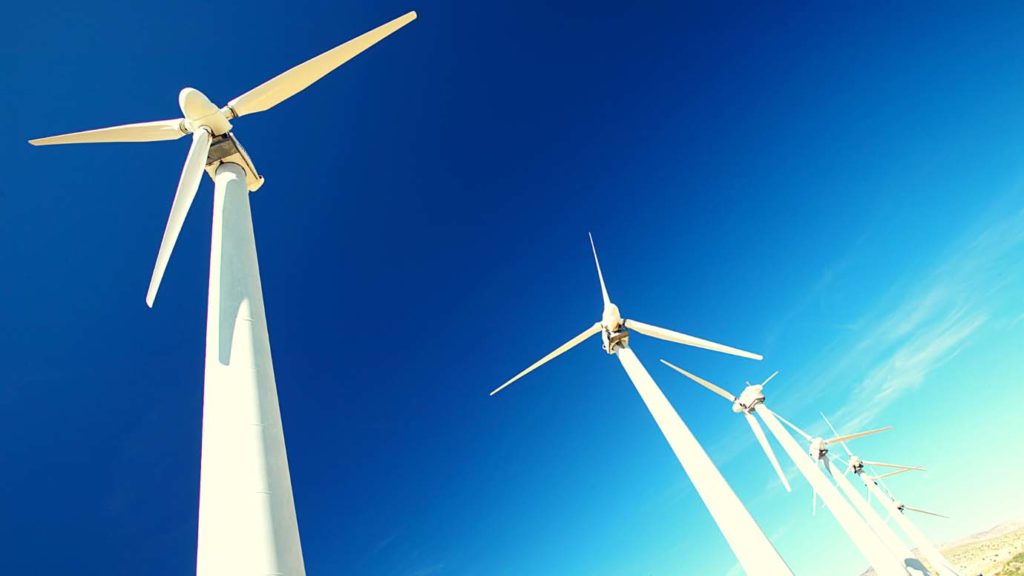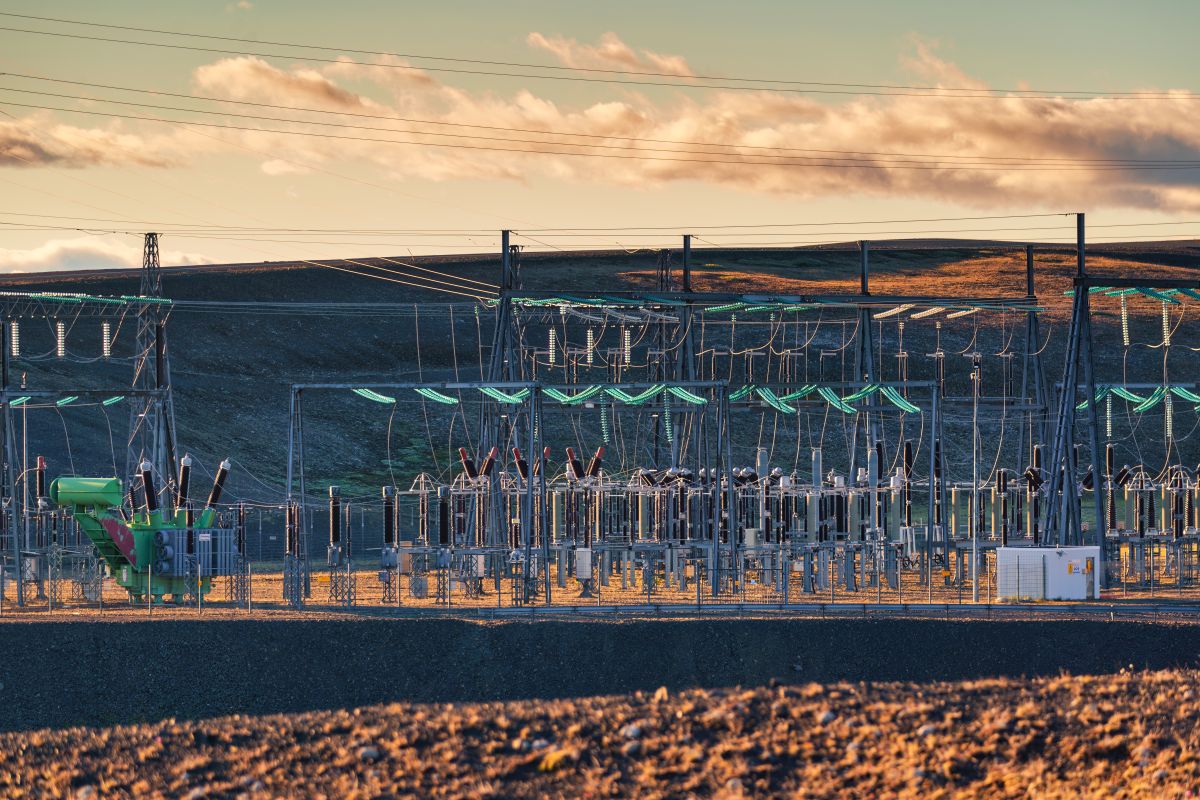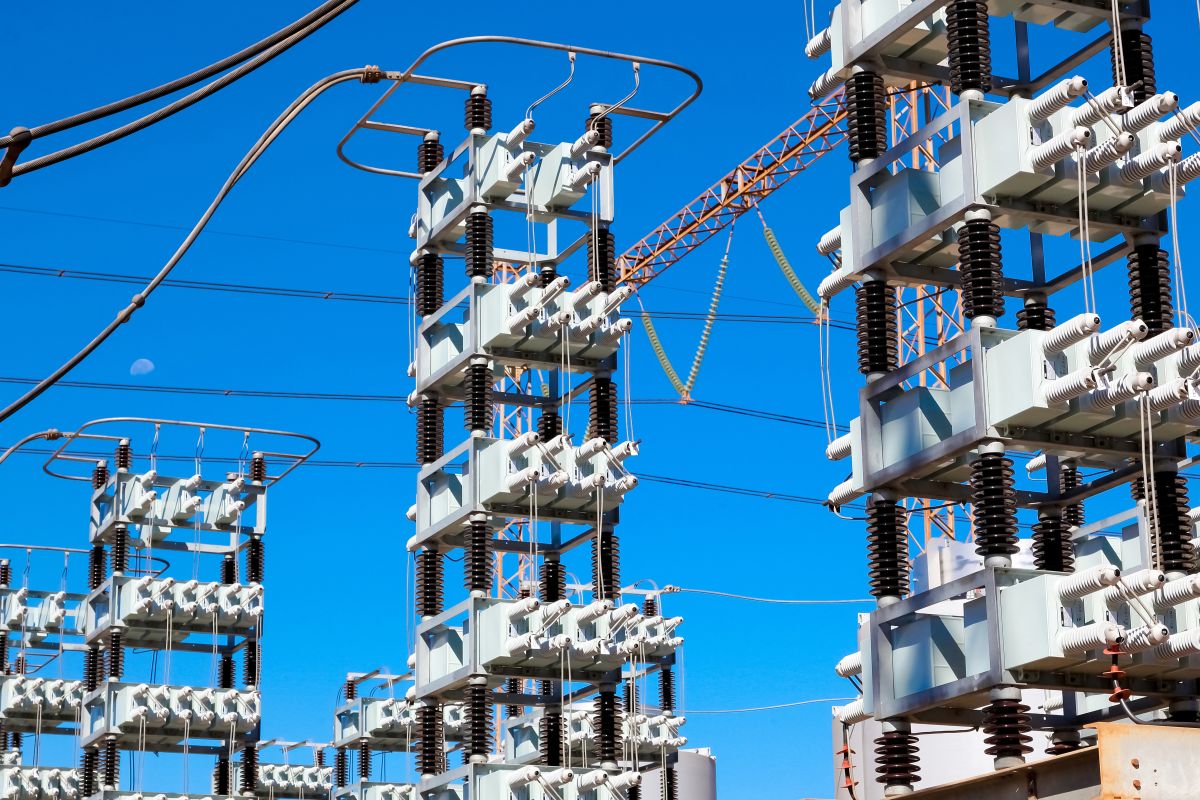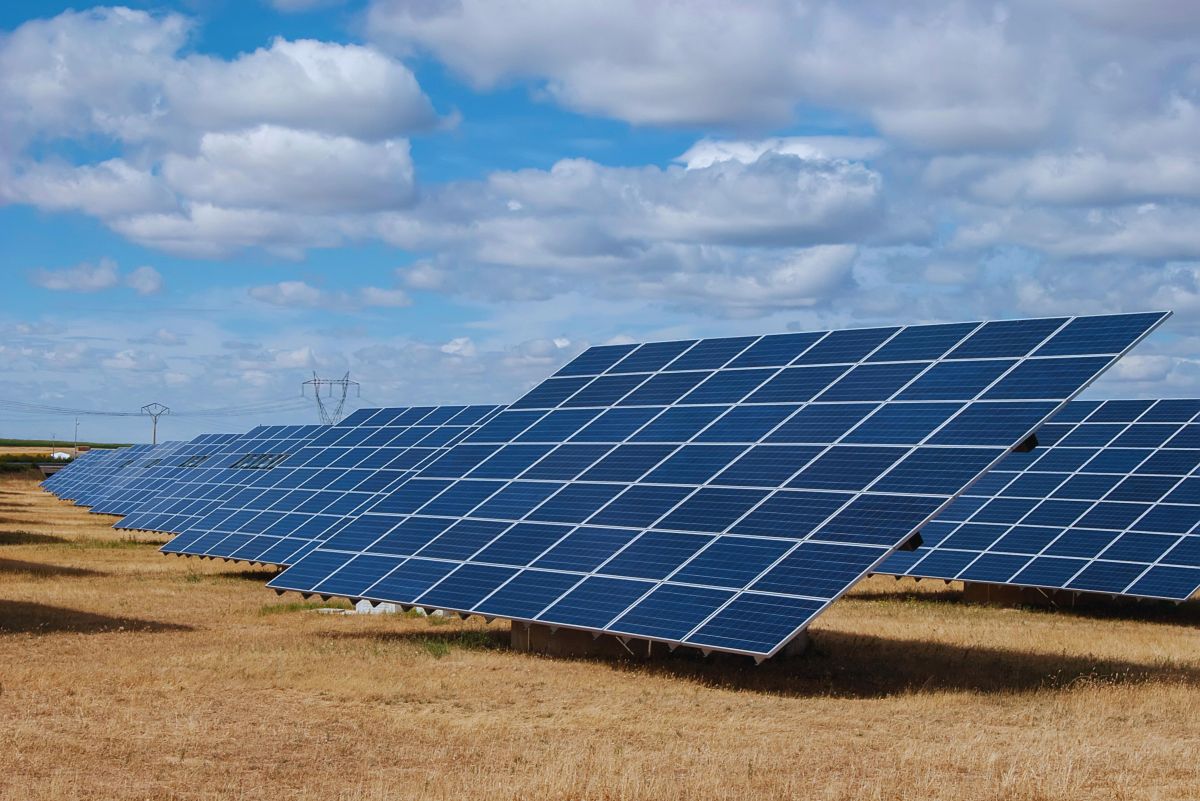Figures from the UK’s National Grid show that wind was a major player in generating power in 2022. It was the second largest source of electricity, supplying 26.8%, 5 percent higher compared to 2021. Last year was the first time ever that wind supplied more than three months of Britain’s electricity, which shows a rapid growth in wind energy.
In February 2022, which was the windiest month in Britain, 41.4 percent of the national supply of electricity was generated by turbines. The greatest output produced by Britain’s fleet, thus far, 20.918 gigawatts, was on a very windy day on December 30, last year.
How many onshore wind turbines are there in the UK?
There are around 11,500 onshore and offshore wind turbines in the UK.
- Onshore: 8,827 turbines on 2,604 farms
- Offshore: 2,652 turbines on 43 farms
The UK’s Energy Security Strategy and the Role of Onshore Wind Farms
By 2030, the UK government aims to power every home with wind energy. It has set a goal to achieve net zero emissions by 2050, which requires a significant increase in renewable energy generation, including wind and solar.
The UK government’s energy security strategy mentions that they would like 50 gigawatts of their electricity to be generated by offshore wind; 5 GW of the electricity will be generated from floating platforms off the coast of the UK. They are trying to speed up the time it takes for a new project to get cleared and decrease the approval time for new offshore wind farms from four to one.
Energy companies have stressed the fact that onshore wind farms could produce electricity quickly; however, the government has not shown much flexibility in reducing the planning obstacles for offshore wind.
Strict planning restrictions were laid down on onshore wind farms by the former prime minister, David Cameron, in 2015.
The government has said that it would like to work in partnership with a limited number of supportive communities that are interested in lowering their electricity bills in return for hosting wind farms. Local communities seem to agree to having a wind turbine in their area if it means cheaper electricity.
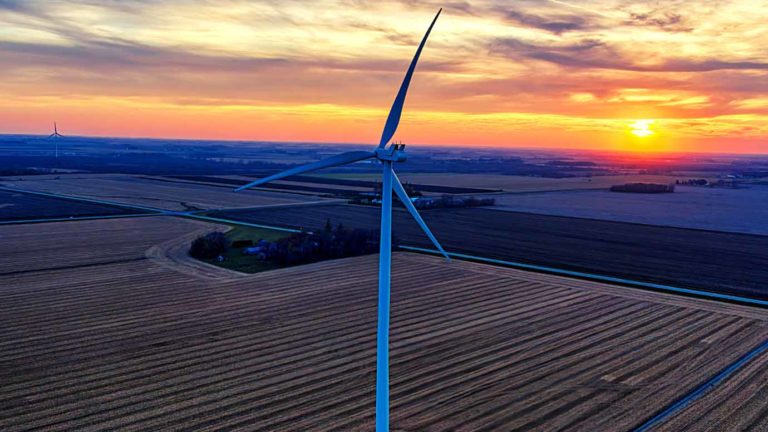
The Onshore Wind Ban: Why It Remains Controversial in the UK
There has been a 94 percent decline in onshore wind projects in the UK since 2015. That is when the government put in place strict planning regulations and ended subsidies due to complaints of wind turbines being too noisy and unpleasant to look at.
According to the planning restrictions in Britain, onshore wind farms must be identified in neighborhood plans, which requires community backing. Local plans are only produced every five years and are not updated regularly. This has greatly slowed down planning and has added six years to the construction time.
Some see wind turbines as a threat to birds; however, the Royal Society for the Protection of Birds says that wind turbines will have “minimal impacts” if they are situated away from major flocks.
Conclusion
The future of onshore wind in the UK remains uncertain as the government balances energy security, environmental goals, and public concerns. While offshore wind continues to expand rapidly, the onshore wind ban has significantly slowed new projects despite their potential to deliver cleaner energy at a lower cost. With rising energy demands and net-zero commitments, the UK may need to reconsider its stance on onshore wind farms, ensuring that planning policies align with the nation’s renewable energy targets. If restrictions are eased, onshore wind could play a vital role in accelerating the transition to a greener and more sustainable energy future.
Disclaimer: Any opinions expressed in the blog do not necessarily reflect the opinions of Certrec. The content of this blog is meant for informational purposes only.


